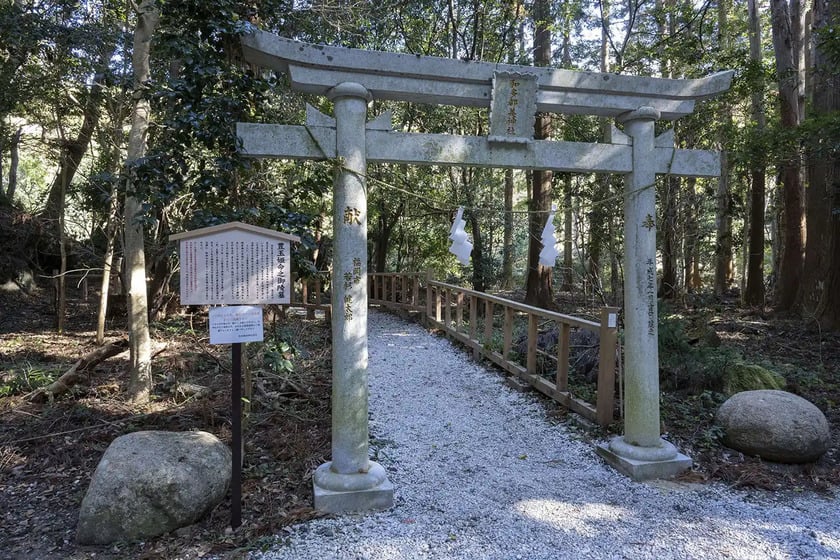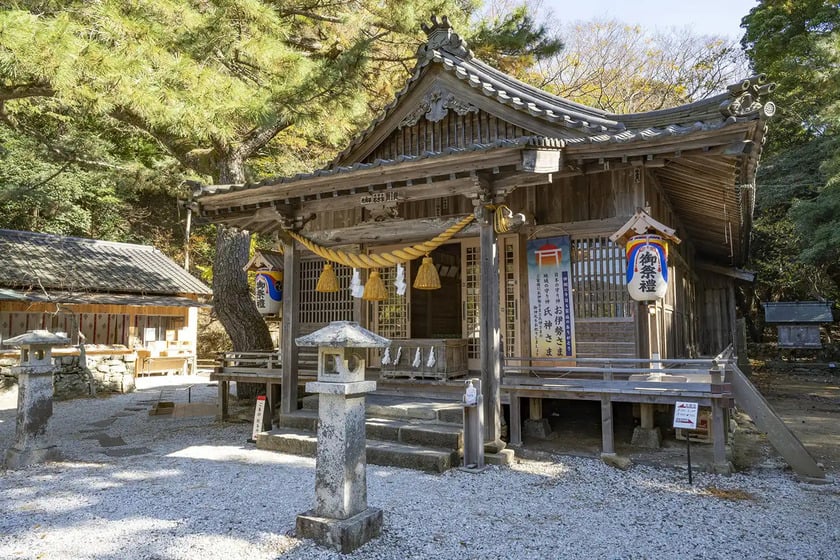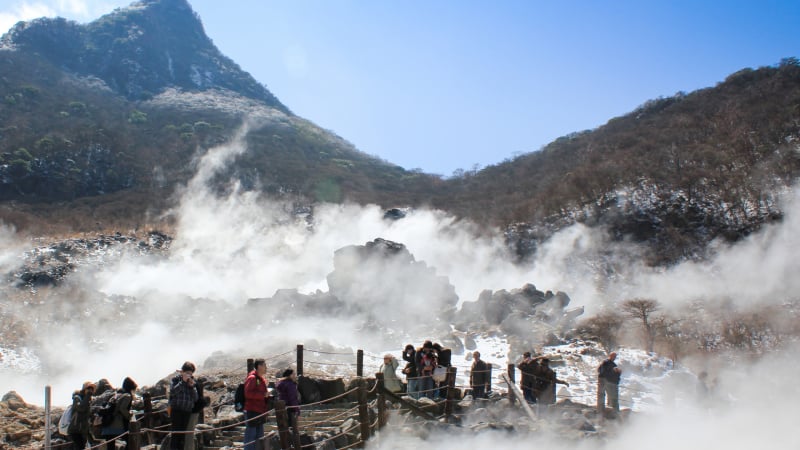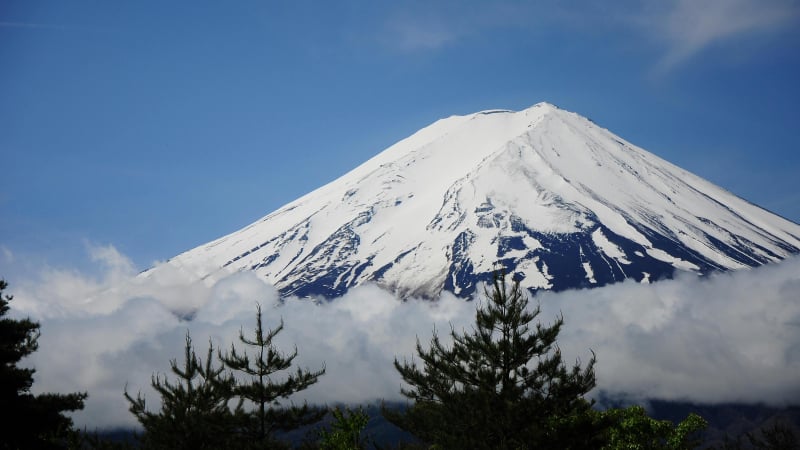Watatsumi Shinto Shrine, also known as Kaijin Shrine, a famous tourist icon of Nagasaki Prefecture, Japan, has just made a shocking decision to completely ban tourists in general. The reason for this decision comes from the disrespectful and disorderly behavior of a group of tourists, seriously affecting the sanctity and order of the shrine, according to information from Chosun Biz.
The official announcement of the ban, signed by the chief priest Hirayama Shizuki Hirayama, stated: "Starting from March 23, international tourists and non-believers will not be allowed to enter the shrine grounds. At the same time, all photography, filming and live streaming of the shrine's architectural structures, including the underwater torii gate, are strictly prohibited. We refuse to accept people who come to the shrine for purely tourist purposes, including domestic and international bus tours. Individuals who view the shrine as an amusement park or filming location are not considered visitors."

Since March 23, Watatsumi Shinto Shrine in Japan has completely banned tourists from taking photos, filming, and live streaming the shrine's buildings and structures.
The decision was made after a serious incident on March 22, when a foreign tourist committed unacceptable acts of vandalism, forcing the temple management to take drastic measures. The temple also said that they have repeatedly reported to the police and local authorities about the problems related to the uncivilized behavior of tourists, but have not yet found a radical solution. Every day, they have to face acts of vandalism and even attacks on staff by some inconsiderate tourists.

Watatsumi Shinto Shrine (also known as Kaijin Shrine) - a tourist symbol of Nagasaki province, Japan
The decision by Watatsumi Shrine has sparked much controversy. Some have argued that the measure is too harsh, while others have supported the move, arguing that it is a necessary measure to protect Japan's precious cultural heritage. This raises an important question about the balance between tourism development and cultural preservation, an issue not only in Japan but also in many countries around the world.

Starting today (March 23), international tourists and non-believers are not allowed to enter the temple grounds.
Previously, the uncivilized behavior of some Korean tourists caused a wave of outrage in the Japanese online community, leading to the decision to ban Korean tourists from Watatsumi Shinto Shrine, a famous tourist destination in Nagasaki province.
According to information circulating on Korean and Japanese social media, Watatsumi Shrine has posted a sign banning Korean tourists due to littering and smoking on the shrine grounds. Yonhap News Agency (South Korea) confirmed that Watatsumi Shrine, also known as Kaijin Shrine, located on Tsushima Island, Nagasaki Prefecture, implemented this ban due to the careless behavior of some Korean tourists.

Many rude behaviors of foreign tourists affect the solemnity of the temple.
Previously, on March 25, the Sankei Shimbun newspaper and several other Japanese newspapers reported that Watatsumi Shrine had banned Korean tourists who were not Shintoists from worshipping at the shrine since March 23. Japanese media reported that Korean tourists had caused many problems such as smoking, littering and throwing rocks everywhere in the shrine, causing headaches for the shrine management. The climax was on March 22, when a Korean tourist attacked a shrine employee.
The uncivilized behavior of Korean tourists is not limited to Watatsumi Shrine. In February, a Korean woman was arrested by Japanese police for assaulting a customs officer at Fukuoka Airport who stopped her from taking photos of a Korean idol group in a no-photo zone. In January 2025, a Korean teenager was arrested in Osaka for allegedly sexually harassing a Japanese high school girl.

Because of these things, the temple has proposed strong deterrent measures.
Professor Seo Kyung Deok of Sungshin Women's University said that the negative behavior of Korean tourists in Japan is increasing, causing embarrassing situations and creating resentment among Japanese people. She called the situation a "national disgrace".
Tsushima Island, where Watatsumi Shrine is located, is a popular tourist destination, especially for South Korean tourists, due to its geographical proximity to the Korean Peninsula and the setting of the popular video game "Ghost of Tsushima." Watatsumi Shrine, with its unique architecture of torii gates extending straight into the water, is one of the island's tourist icons.



































